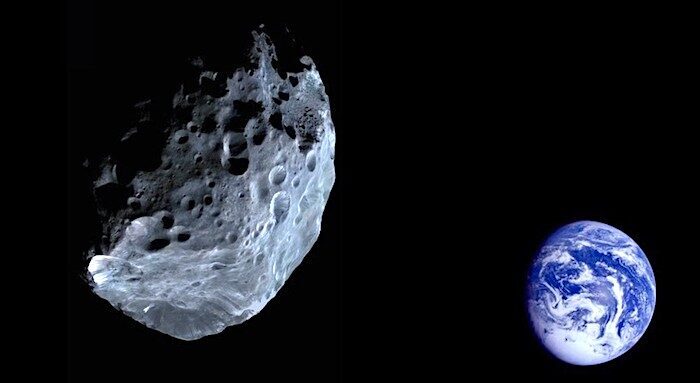
In October 2008, an object roughly one-half this size was spotted on a collision course less than 24 hours in advance. What’s amazing here is that this is the first time we have spotted one this size so many days in advance - and if it were on a collision course we would have been able to predict accurately the impact point (likely the South Pacific Ocean) several days in advance. Typically for a body of this size, the atmospheric entry breaks it up, resulting in a shower of meteorite samples.

Once every 50 years or so, we do get hit by one of these - when Earth and the asteroid intersect in four dimensions: the three dimensions of space and the fourth dimension of time.

What conditions would there have to be for an asteroid to actually collide with Earth, and how accurately can we predict such a future impact?Ī. Our Lincoln Lab colleagues have been surveying for more than a decade and it has been just a matter of time that an object like this one might be caught in their search pattern. Even though Lincoln Lab astronomers and a very small number of other teams are working to scan the entire sky over the course of a month searching for incoming asteroids, the telescopes available for this work are rather modest in size and objects such as this might easily slip through the search network. Credit goes to the LINEAR program for their dedicated survey work that found this one. We expect that objects like this come by this close once every five to 10 years - very frequently by astronomical standards. Actually, asteroids of this size passing this close to Earth is relatively normal and the fact that they miss more often than hit is just good fortune - Earth is a relatively small target in the vastness of space. What brings an asteroid of this size so close to Earth without making an impact?Ī. The asteroid 2011 MD has been reported to be about the size of a bus - or twice as large as previous asteroids that have been observed this close to Earth. Richard Binzel, a professor of planetary sciences at MIT, spoke with MIT News about such near-Earth objects and their potential to impact the planet. The asteroid was discovered only last week by researchers at MIT Lincoln Lab’s Near Earth Asteroid Research (LINEAR) project.

EDT, an asteroid named 2011 MD will pass only 7,500 miles above Earth’s surface - a close call in astronomical terms.


 0 kommentar(er)
0 kommentar(er)
